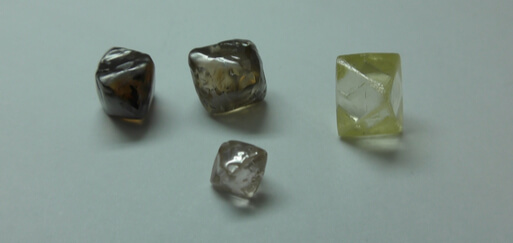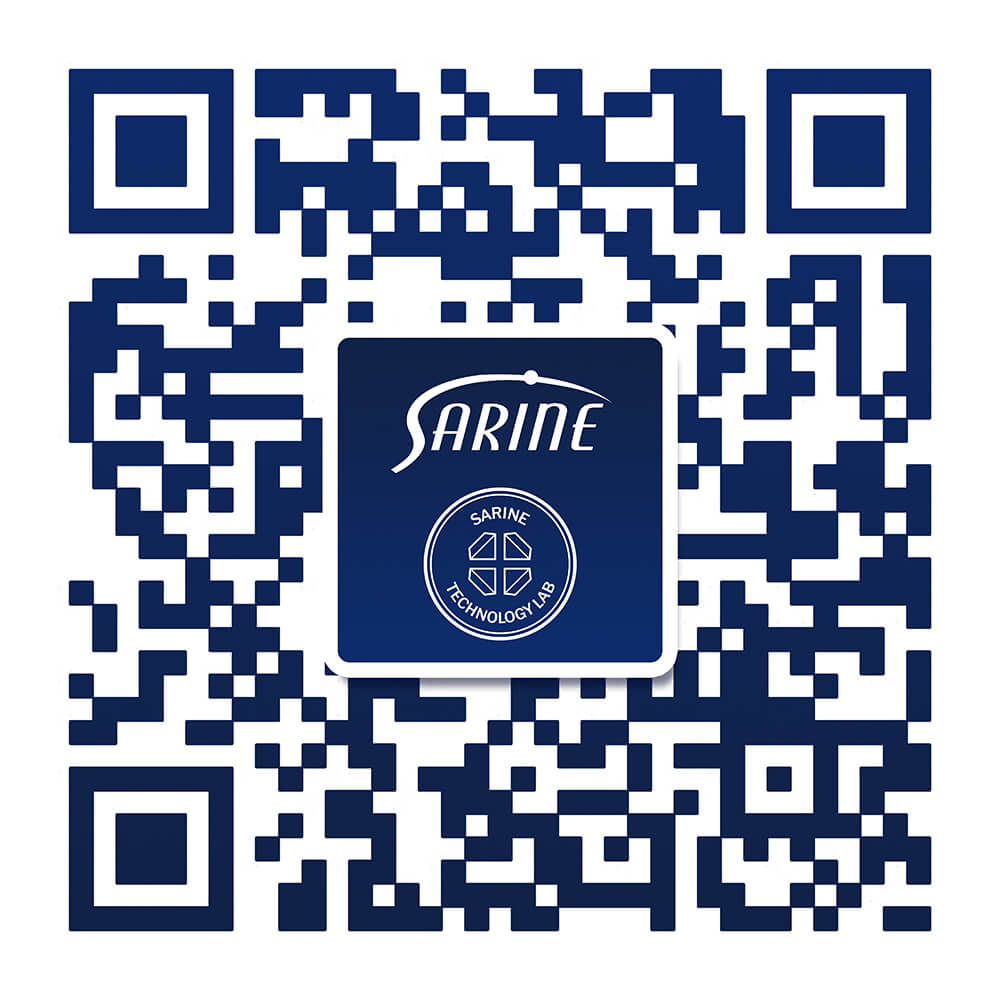Every rough diamond contains a world of possibilities. There are many ways that a rough diamond can be cut and polished to create saleable, profitable diamonds. Over the past few decades, there has been a revolution in the way that rough diamonds are planned, due to the development of optics technologies that provide accurate internal and external scans of rough diamonds, and advanced software that can create cutting plans at a pace and accuracy that could never be achieved manually.
For diamond manufacturers, these technologies have been a game changer. Today, manufacturers can maximize the polished yield from rough diamonds, based on a range of criteria, such as size, shape and monetary value. However, with the advent of more sophisticated planning technologies, and with an even more demanding and discerning consumer base, the process of rough planning is once again undergoing sweeping change.
Diamond manufacturers can now purchase rough diamonds specially matched to polished diamond requests from retailers. These requests are based, in turn, on the demands of the current market. This back-to-front process is far more focused, enabling a more efficient pipeline that is geared towards actual market demands. Plus, the entire pipeline is able to respond faster, almost in real time, to changing trends.
How Are Rough Diamonds Purchased?
There are two main ways that rough purchasing is conducted:
Tenders: There are several diamond mining companies that hold ‘tenders’ mainly for large diamonds. A tender is a process in which diamond buyers have an opportunity to see a diamond, scan it on a mobile system such as DiaMobile® XL, conduct initial planning using Advisor® rough planning software to help estimate the diamond’s value, and with this information, make a price offer (or bid) for the diamond.
Sightholders: With this method, a sightholder receives a sealed box of rough diamonds for bulk purchase. The advantage of this method is a stable, robust supply during the whole year, while the disadvantage is that some of the rough diamonds in the bulk package will not exactly meet the needs of the diamond manufacturer, and therefore will not be optimally utilized.
A New Way: Lucara Diamond Corp and the Clara Rough Diamonds Trading Platform
Clara, which is a subsidiary of Lucara Diamond Corp, the Canadian mining company, has developed a digital platform, secured by blockchain technology, that enables manufacturers to purchase rough diamonds to precisely fit their polished diamonds' sales needs. With the help of the Clara system, they can optimally manufacture polished diamonds according to the orders received from their customers.
First, a manufacturer defines the technical requirements of their polished diamonds, such as shape, type, color, clarity and cut grade, based on actual orders they have from their customers. Then, they receive a price list of rough diamonds that best match these pre-defined needs. This benefits all parties in the transaction: producers can sell the rough at an optimized price, and manufacturers can buy quickly and accurately, and increase their profit. Retailers receive the polished diamonds their customers are asking for.
The Technology Behind the Rough Sales Revolution
Clara's platform records the mine origin of the rough diamond before it is sold. Then, Sarine's Galaxy® inclusion mapping technology and Advisor® rough planning are applied to the rough diamond to generate possible cutting and polishing solutions, according to orders for polished diamonds submitted by the manufacturer's retail customers.
In addition, the Clara platform is based on blockchain that enables secure, verified provenance and tracking of the diamonds throughout their processing.
In times gone by, diamond manufacturers produced the polished diamonds that were possible from the rough stone, while endeavoring to maximize profit and meet current demands of the market. The diamonds produced comprised the supply available to diamond retailers.
Technology and consumer demand has turned this process on its head. Now, with advanced planning and trading technologies, diamond retailers can drive a more effective manufacturing process, directed by the needs of consumers, and to the benefit of the entire industry.




-1.jpg?width=310&name=blog_image%20(003)-1.jpg)





